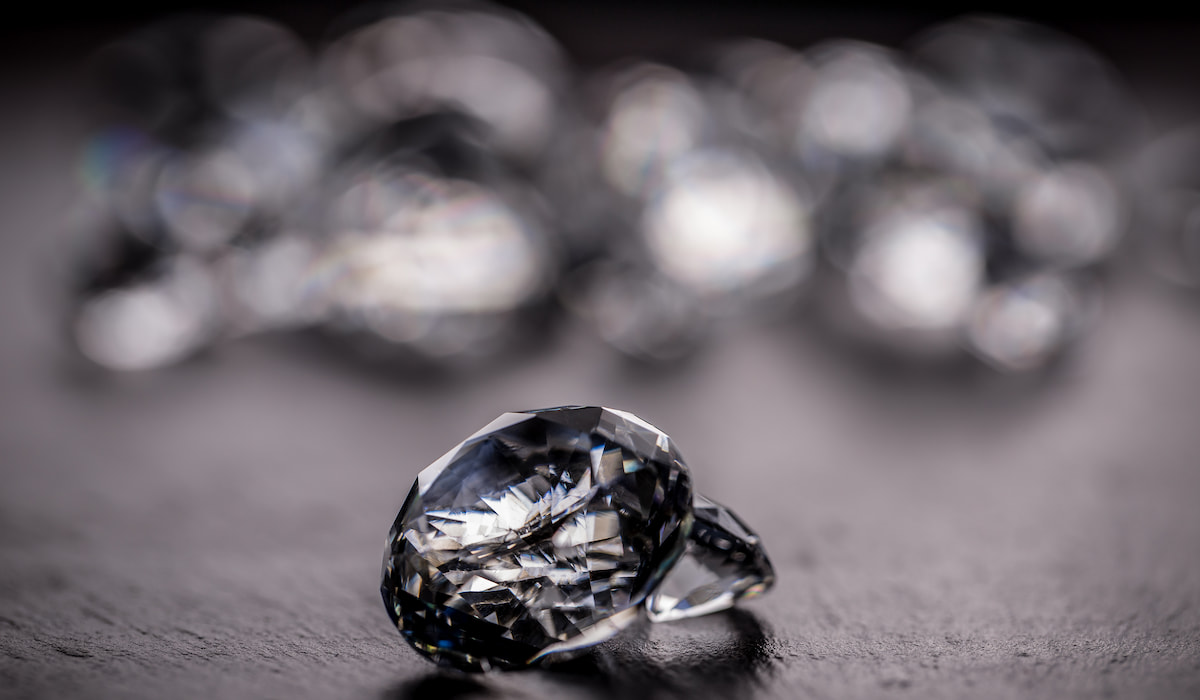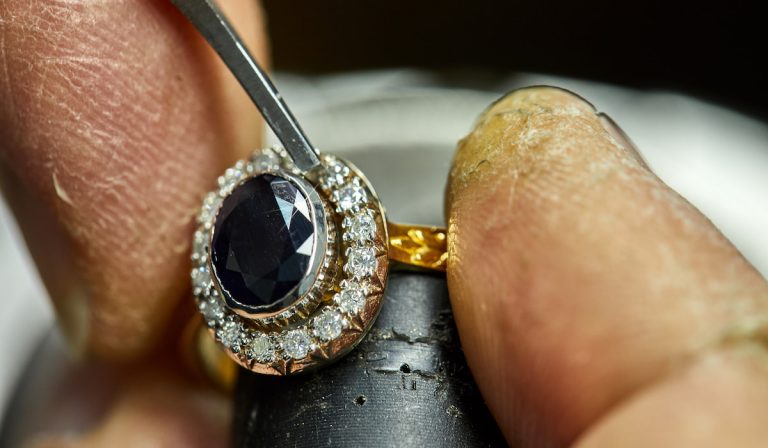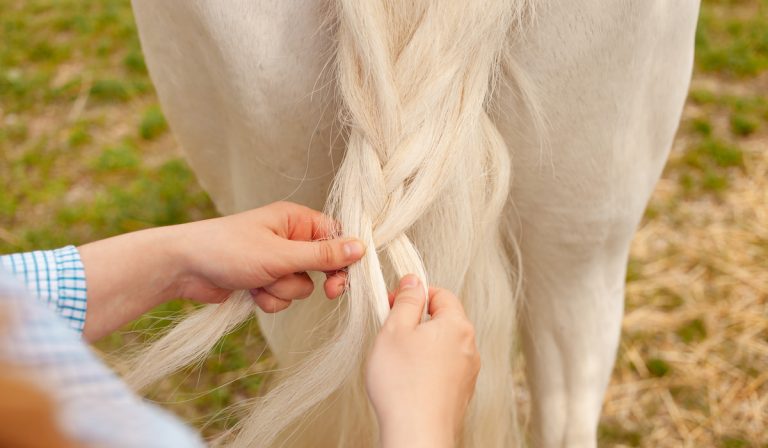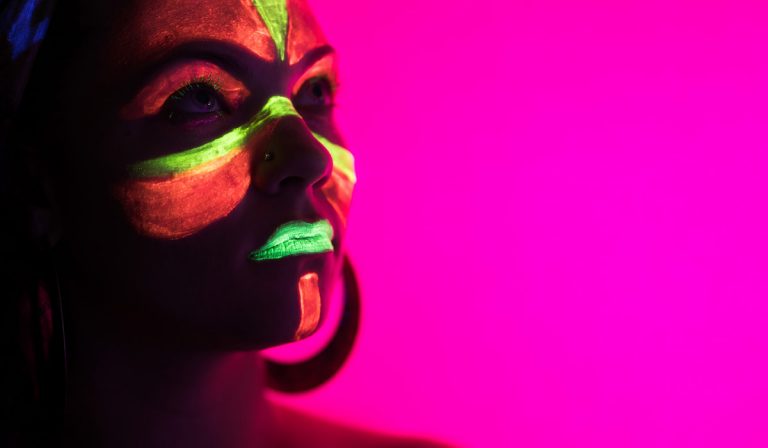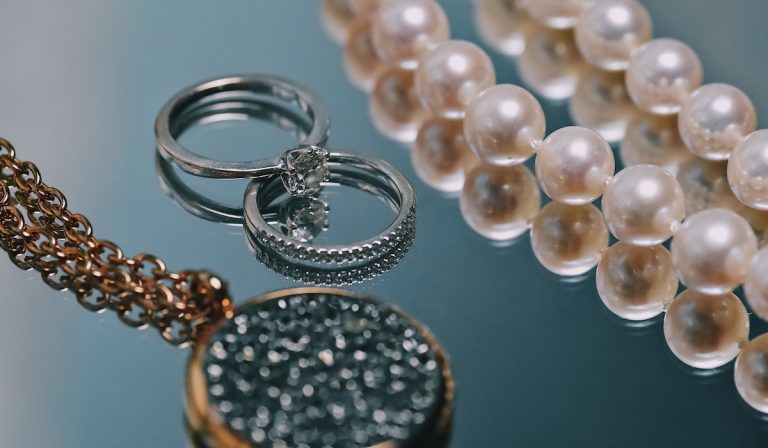How Can You Tell if a Black Diamond Is Real?
Most fake black diamonds cannot stand the test of time the same way real ones will. So, if you wait things out, a mock black diamond will eventually lose its shimmer and quality. But if you would prefer to identify a genuine black diamond from a fake one without waiting for time to do its thing, you can.
In this article, we explain 8 ways you can tell if a black diamond is real.
Test the Diamond With Water
Testing black diamonds with water is a pretty straightforward task, and you can do it right in your home.
To test a black diamond with water, drop it in a glass of water. If it sinks to the bottom of the glass, it should be genuine. However, if it floats, it certainly is not a black diamond.
As expected of diamonds, black diamonds are highly dense. This is why they sink in water.
Fog the Diamond Up
You can also verify the genuineness of your black diamond through the fog test.
To perform this test, hold your diamond between two fingers and puff a breath on it. Fog should form on the diamond when you do this, and if it is genuine, the condensate should disappear within 1-3 seconds. This is applicable because authentic black diamonds conduct heat, so the fog on them should evaporate rapidly.
Fake black diamonds will retain fog for longer because they do not conduct heat like genuine ones.
Use a Loupe

If you have access to a loupe, you can confirm the authenticity of your black diamond with it.
A loupe is a special magnification glass used by jewelers to assess gemstones, pieces of jewelry, and diamonds. Unlike magnifying glasses, loupes are a bit more conical.
If you do not have a loupe, you can get one in stores or online. Alternatively, you may check with a jeweler or diamond professional – they should have one.
Once you get a loupe, assess the black diamond with it. Real black diamonds should come with imperfections and blemishes known as inclusions.
Inclusions are responsible for the color of black diamonds, so you should see them if the black diamond is authentic.
Fake black diamonds, on the other hand, are almost always perfectly constructed.
The loupe test is not definitive, but it does give you a hint on the genuineness of your black diamond. Sometimes diamonds of other colors are treated to become black. And since most diamonds typically have inclusions, a color-treated diamond may be mixed up with an authentic black diamond.
Use a Magnifying Glass
You can also verify the authenticity of black diamonds using a magnifying glass. Like loupes, when assessing a black diamond with a magnifying glass, look out for imperfections and blemishes (also known as inclusions).
A real black diamond should have inclusions. In fact, their color is a product of these inclusions. Fake black diamonds, on the other hand, typically have no inclusions.
As we said before, other diamonds treated to be black may have inclusions like genuine black diamonds. So, the magnifying glass test is not conclusive.

Check the Mount
If your black diamond is already mounted in a ring, verifying the type of mount used can help tell if the diamond is genuine or not.
Diamonds generally have a high price tag, and accordingly, they are mounted in high-quality jewelry. So, you can expect black diamonds to be set in materials such as platinum, pave, yellow gold, white gold, and side-stone.
To verify the material of the ring the stone is set in, check the inside of the ring. If the material is platinum, you should see an inscription that says PT or Plat. Then if the material is gold, you should see markings such as 10K, 14K, and 18K.
The numbers 585, 770, 900, and 950 also indicate that the metal is gold or platinum. They tell the type of gold or platinum used.
If you see an inscription CZ on assessing the ring your black diamond is set in, the diamond is fake. The inscription CZ indicates that the gemstone used is Cubic Zirconia.
Also, if the markings indicate that the mount material is silver, then the black diamond is most likely fake. Inscriptions such as .925 indicate silver.
Perform the Fire Test
You can also check the authenticity of your black diamond using fire. But for this test, ensure you take necessary precautions. Fire is always a potential hazard, so get some heat-resistant gloves and ensure you have a fire extinguisher on standby.
To perform the fire test, heat your black diamond with a lighter for around 40 seconds. Then drop it in a glass of water immediately. If the gemstone shatters, it is not a genuine black diamond. However, if it remains unaffected, it is authentic.
Non-black diamond gemstones will break when subjected to the conditions above because they cannot resist the rapid expansion and contraction caused by fire and water.
Black diamonds, on the other hand, are made from intense heat and pressure. So, the expansion caused by fire and the contraction caused by dropping them in water will have no effect.
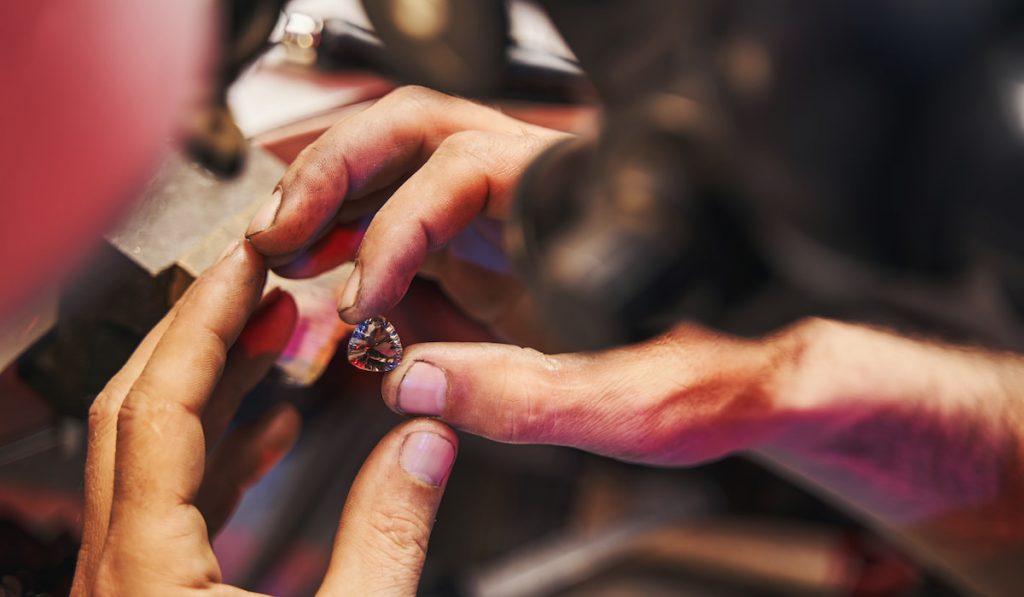
Perform the Scratch Test
The scratch test is not definitive since some fake diamonds like moissanite and cubic zirconia are also scratch-resistant.
Nonetheless, the scratch test can serve as a preliminary test before you try out a definitive method. Scrape your gemstone with glass, then check if the stone scratches.
Genuine black diamonds should not scratch. But as we already said, some fake diamonds will also not scratch.
Use a Diamond Scale
To perform the diamond scale test, you need an actual black diamond of the same shape and carat as your gemstone. You will also need a diamond scale.
If you are not a jeweler, you most likely do not have a diamond scale. But you can check with your local jeweler.
Once you get a diamond scale and an authentic black diamond, you can verify your gemstone. Weigh your gemstone and the genuine black diamond separately.
If your gemstone weighs more than the authentic diamond, it is fake.

